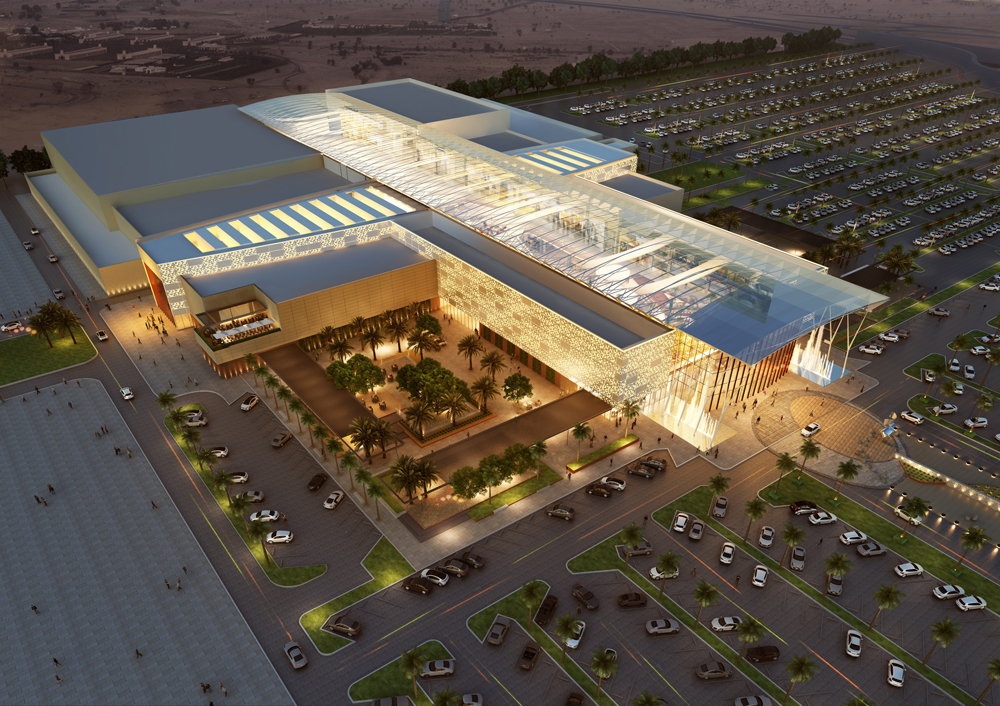A New Era in Retail Design
At U+A, we have been designing retail spaces for over 14 years, and in recent times we are seeing multiple changes in retail design perception, in particular, the age of roll-outs as we knew them seems to be over. Instead, retailers who engage with us ask what we can add to make the retail experience or customer journey an exceptional one so that people will return continuously. Retail design will be driven by immersion, interactivity, personalization, and exclusivity. We have seen rapid growth in digital sales over the past few years, and brands will increasingly need to provide a credible reason to make a physical purchase. Digital cannot replace a significant in-store experience, but it will significantly influence a customer’s perceptions of what a great experience consists of. As a leading design consultancy, we constantly have to stay on trend with future space requirements. Here is a list of five retail design trends the industry should to take into consideration over the next five years;
Multi-sensory experiences and social sanctuaries:
Retail over the next few years will be all about multi-sensory social sanctuaries. Each stimulated sense can be considered a touchpoint — an opportunity to create an emotional connection with a customer. The ambiance and physical layout play an essential role in a customer’s emotional reaction. Retail brands are turning to sensory marketing specialists and retail design consultants that can identify the positive triggers for a shopping experience. Unique color schemes, sounds, and smells can have a lasting impact. Technology can also assist in creating a more immersive experience.
Incorporation of Biophilic Designs:
Another growing trend in the retail design industry is the use of biophilic designs in interior spaces. Biophilic design is an interior design concept that aims to increase the connection between indoor spaces and the natural environment. Over the past few years, we have seen multiple retailers transform their interiors to include more natural elements, such as stone, wood, and plants. All these natural elements help to improve the shopper experience. The use of more natural light in, particular, is now considered a common trend. Biophilic designs in retail interiors can help to create not just a functional and aesthetic retail space, but also a space that can improve the mental wellbeing of customers and employees.
Colors can influence shoppers:
Retail companies are now also taking brave steps towards creating eye-catching displays and product layouts for customers. Retailers need to select effective colors, tell a story, and represent a concept. Cultural and demographic differences play crucial roles in color design for the retail environment. Color is central to coherence, because customers react instinctively to it.
Integrated Experiences:
Retailers should create a bridge between the product, the online platform, and the customization of the retail experience. It’s essential for retailers that the in-store experience and online presence show synergy, the store needs to be an accurate reflection of the brand’s values while also catering to the ambitions and needs of their customers.
Technology is changing the way of retail:
Historically, store design and retail concepts were created by architects. This is no longer the case – designers, architects, and technologists are now working together to build stores of the future. We as architects enter the retail experiences by working across the customer journey both within and separately from the built environment. At U+A, we are rethinking the traditional form of architecture in retail design, and we are starting to focus more on data, systems, technology, and physical infrastructure as a unified experience.
Through this constant evolution, there is one certainty: the retail industry will continue to see change happening at exponential speed. The retail industry is intrinsically tied to technology and those advancements. Retail has become a multi-channel world where brick-and-mortar stores, online, and mobile channels will continue to co-exist. Retailers and retail design consultants will need to keep re-balancing, based on the changing demographics and needs. We at U+A believe design is a problem-solving tool, and when done well, we can help set retailers apart from their competitors.



